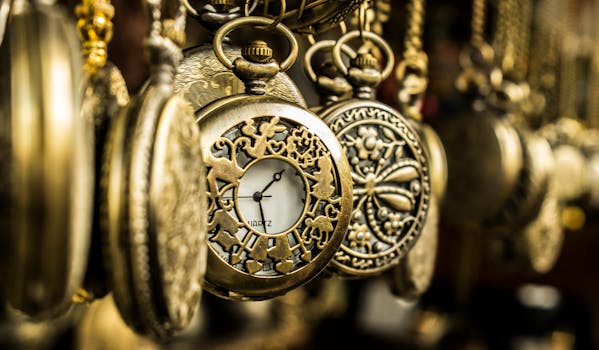
Table of Contents
- Ancient Timekeeping Methods
- The Invention of the Mechanical Watch
- The Age of Innovation
- Modern Watchmaking Techniques
- Conclusion
Ancient Timekeeping Methods


The Egyptians are credited with creating the first sundials around 1500 BC, using the position of the sun’s shadow to indicate the time of day. Meanwhile, water clocks, or clepsydras, were employed by the Greeks and Chinese, allowing for a more consistent and accurate way to measure time during the night or on cloudy days.
As civilizations advanced, so did their techniques for measuring time. The invention of the mechanical escapement in the Middle Ages marked a turning point in horology, leading to more precise timekeeping devices. This innovation laid the groundwork for the development of clocks and, eventually, watches.
The Invention of the Mechanical Watch

In 1510, the first recorded watch was made in Nuremberg by Peter Henlein, a locksmith who created small, portable timepieces known as ‘Nuremberg eggs.’ These early watches were characterized by their intricate designs and craftsmanship, but they were also relatively inaccurate compared to modern standards.
As the demand for watches grew, so did the competition among watchmakers. The introduction of the mainspring in the 15th century allowed for smaller and more efficient designs. By the 17th century, the pendulum clock, invented by Christiaan Huygens, further improved accuracy and set a new standard for timekeeping.
The Age of Innovation

In 1793, Eli Terry introduced the concept of interchangeable parts, revolutionizing the manufacturing process of watches. This innovation allowed for quicker production and repair of watches, making them more accessible to the general public. The development of the industrial revolution further propelled the watchmaking industry, with factories producing timepieces on a larger scale.
During this era, various styles of watches emerged, including pocket watches, which became popular among men, and wristwatches, which were initially seen as feminine accessories. The first wristwatch is attributed to Patek Philippe, created for Countess Koscowicz in 1868.
Modern Watchmaking Techniques

Today, watchmaking combines traditional craftsmanship with cutting-edge technology. Brands like Rolex and Omega continue to produce mechanical watches that showcase intricate movements, while smartwatches have emerged as a new trend, integrating technology and functionality with traditional timekeeping.
Modern watchmakers now use advanced materials such as ceramics and silicone, and innovations like automatic movements and solar-powered watches have further diversified the market. The resurgence of interest in mechanical watches reflects a desire for artisanal craftsmanship and a connection to history.
Conclusion








